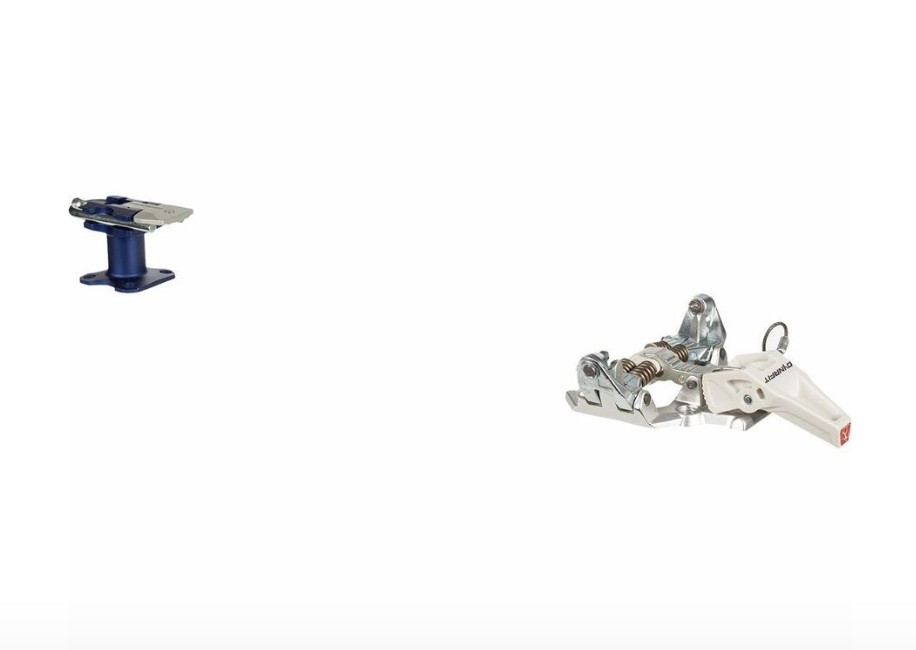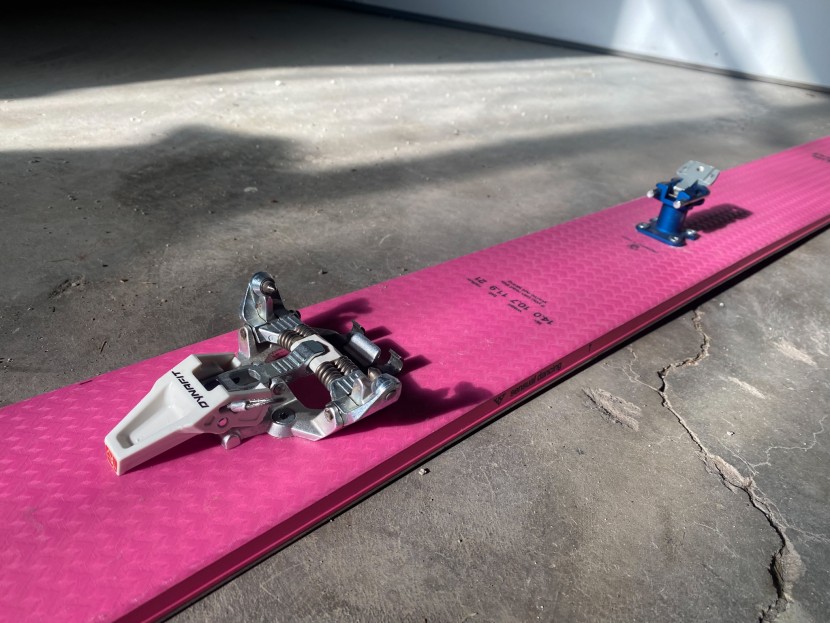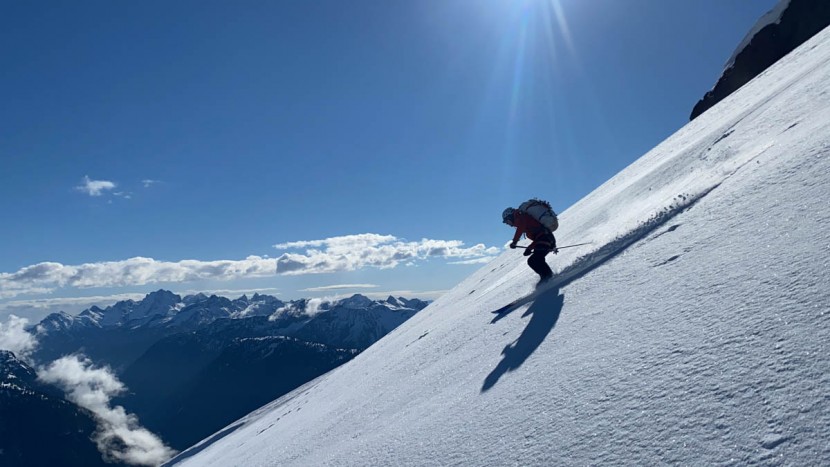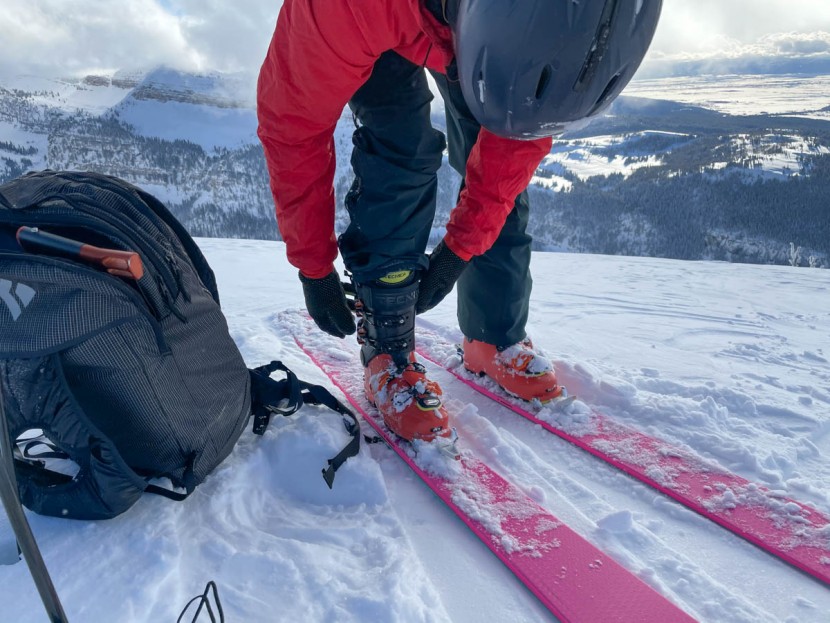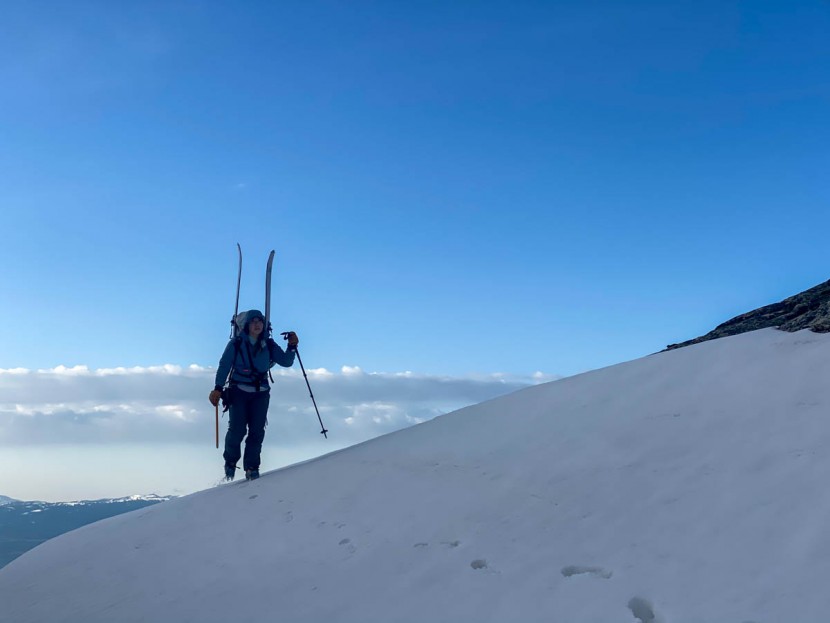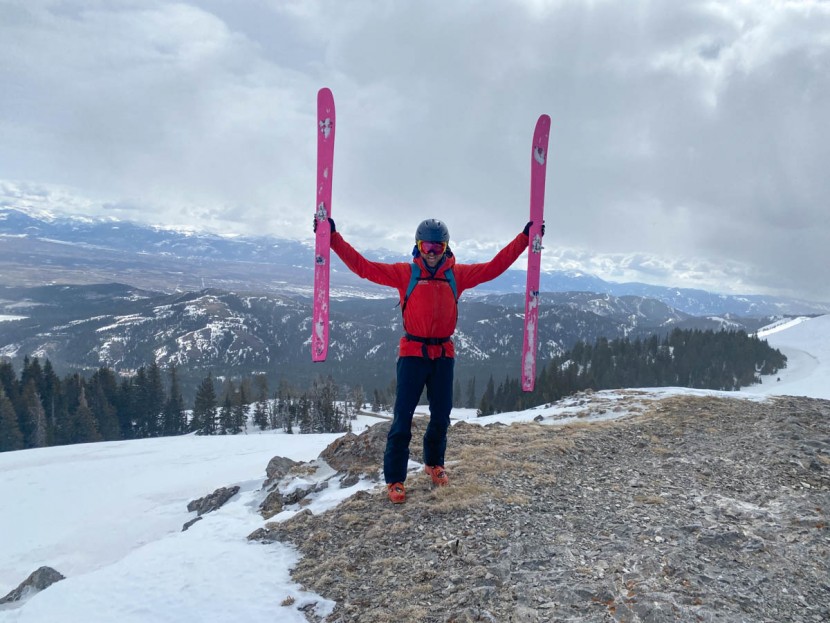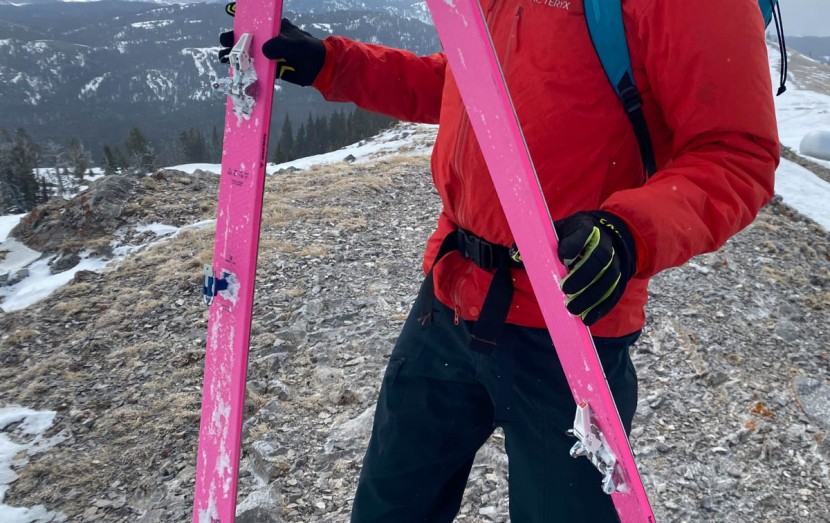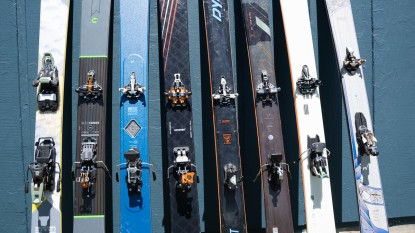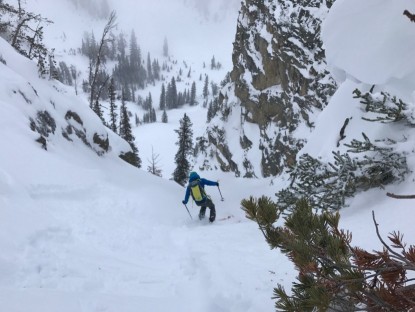Dynafit TLT Expedition Review
Our Verdict
Our Analysis and Test Results
This is the simplest, most robust AT binding we know of. Tech style bindings are known for simplicity. There are none simpler than the Dynafit Expedition. We can't think of a binding with fewer moving parts or a more long-established pedigree. You choose this binding for lightweight, reliable simplicity. You don't choose it for ease of use or safety. This is a no-compromises choice.
Touring Performance
Lightweight tech bindings are all rather similar in touring performance. We expect full range of motion at the toe. When this is lacking, we notice and comment on it. The Expedition has full range of motion. The smaller the binding, the less it will ice up and collect snow. Few are smaller than the Expedition. Icing is minimal. Retention at the toe pivot is as rigid as we know. A few bindings are more flexy or rattly at the toe pivot. Not the Expedition. Finally, let's talk about the heel riser situation on the Dynafit Expedition. There is exactly one position. You can have your heel in a low riser position while touring. Nothing else. Use good skinning technique and modern touring boots with ample ankle mobility and this will not be a problem. Be sloppy with your skinning or somehow limit your ankle mobility, and you will suffer. Long, flat approaches and exits are annoying with perma-lifted heels like on the Expedition.
Downhill Performance
There are two main components of downhill performance in a tech binding. We look at safety release separate from retention and performance. In terms of safety release, the Expedition is among the least sophisticated options on the market. First, there is no certification of the binding release. This is similar to pretty much any touring bindings that are acceptably called “lightweight”. The toe releases like other basic tech bindings, and the heel releases vertically too. There is absolutely no lateral release at the heel. To release at the heel, most lightweight tech binding heel pieces pivot out of the way. The Expedition heel does not pivot at all. We cannot call these “safe” backcountry ski bindings in terms of release characteristics. Know, though, that some of the best ski mountaineers use these exact bindings for their reliability. Their safety comes from ski skill and conservative moves.
After release characteristics, we look at boot retention during “normal” skiing. Mainly, this is a discussion of binding geometry and elasticity. Due at least in part to its simplicity, the Expedition has some of the most favorable geometry of any tested bindings. We measured the stack height to be 30mm and the binding delta to be 3.5mm. Different reviewers and manufacturers measure binding geometry differently. We use the same method to measure all the bindings we test. With that, we can confidently assert that the Expedition keeps your foot closer to the ski than any other binding we know of. Further, the difference between toe and heel is less than all but one award-winning binding. These are good things. In terms of binding elasticity, there is essentially none in the Dynafit Expedition. Your boot is either in or out of the binding; nothing in between. That rigid connection is something that most skiers find to be undesirable. Again, super high-end ski mountaineers that we consult with actually prefer the fully rigid connection. Your mileage may vary.
Ease of Use
Simple bindings are easy bindings. If only for the ease of decision-making (you don't have a ton of features to fiddle with and swap between), we like the Expedition. When it comes to ski binding features, the “if you don't have it, you don't need it” maxim applies.
Weight
The Expedition is certainly our simplest binding. This makes it close to our lightest binding. Construction is super robust, tipping the scales slightly heavier than a few options. 226g per foot is featherweight. The lightest bindings we would consider for day-to-day ski touring (aside from inbounds fitness skinning or skimo racing) are around 140 grams. The “typical” bindings you will likely be sold at most shops weigh around 400 grams or more. With this in mind, the Expedition is closer to super light than it is to “average”. This is good. In the end, these are lightweight bindings that optimize durability and reliability.
Durability
You choose these for durability. This is the simplest, most robust binding model we have tested. As noted above, there are fewer moving parts than in even the lightest bindings in our test. The construction is super robust. The Expedition, as the branding should suggest, is optimized for reliability in super remote, super committing situations. You compromise some function but are far more likely to retain the function you get with this binding choice.
Value
For as simple as they are, the Expedition isn't super cheap. You pay for the robust construction. You can spend a lot more, of course, on your ski bindings. But we can't call these a budget choice. Sure, they will last a long, long time. This is good. Through those years of high-volume skiing, you will compromise some safety and function, but you won't wear them out.
Conclusion
You choose the Dynafit Expedition for expedition skiing. They perform consistently and reliably and are the antithesis of “sophistication”. They hold your boot when you need it to; that's about it — and that's high praise.


